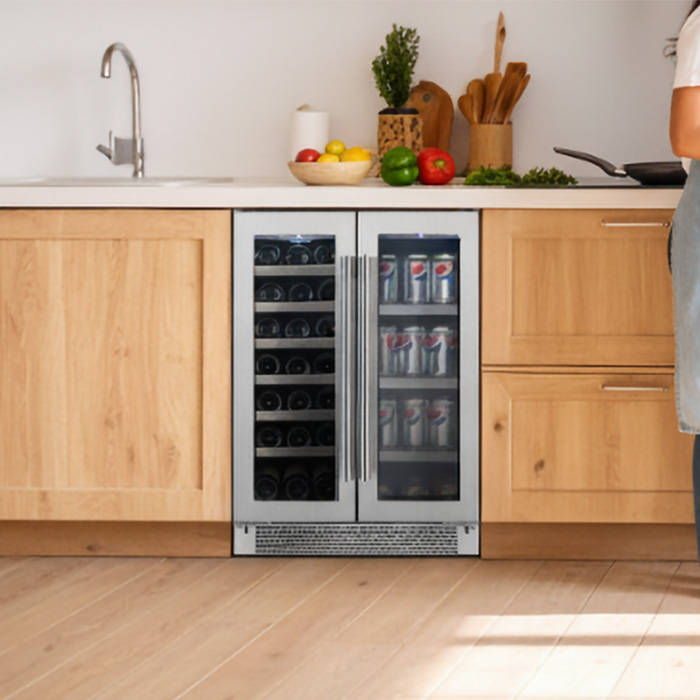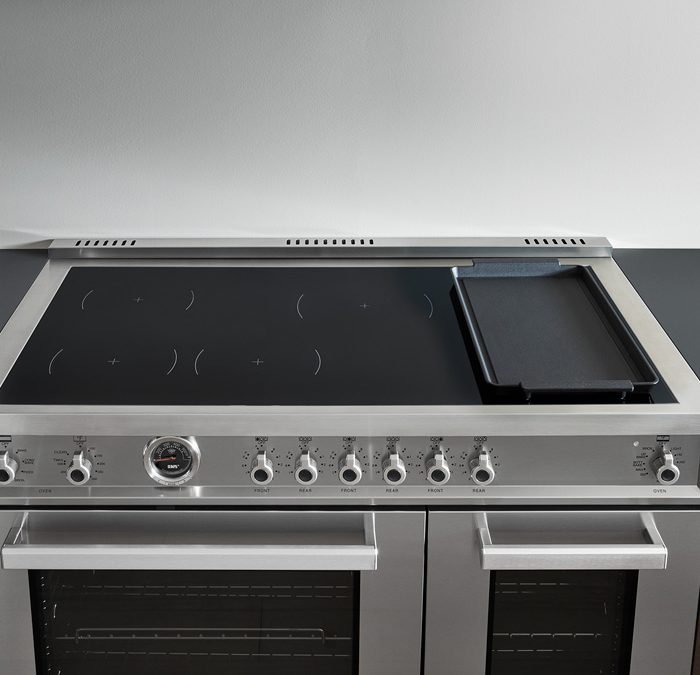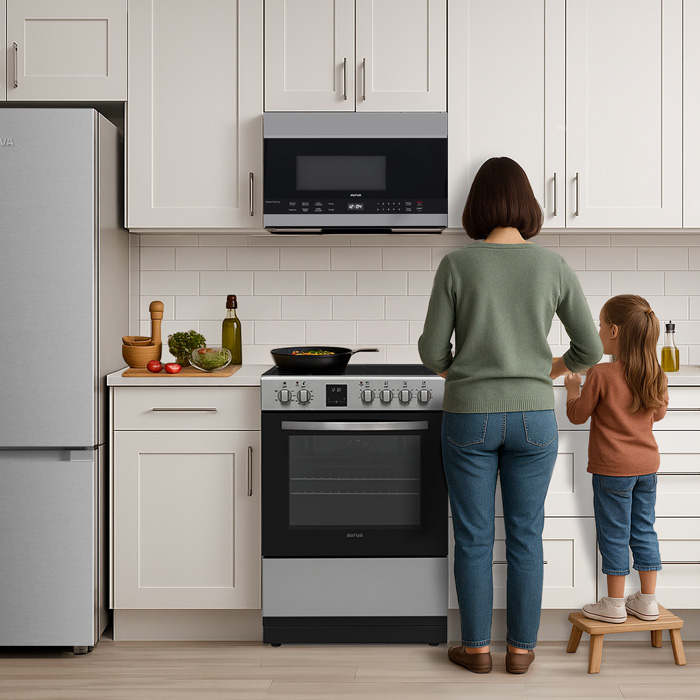
Aviva Appliances Are So User Friendly, They’re Easy as Pie!
03/07/2025
🎄 Keep Your Spirits Bright (and Properly Chilled) 🎁
13/11/2025Love at First Cook: How to Choose the Right Range
Choosing a new range isn’t just about specs — it’s about finding the one. The one that fits your lifestyle, enhances your space, and makes every meal a joy to prepare. Ready to meet your culinary match? Here are five steps to help you find the range that truly belongs in your kitchen.
1. Let Your Cooking Style Lead the Way
Before you decide, take a moment to think about how you really cook. Are you a passionate baker, perfecting sourdoughs and show-stopping cakes? Or do you love quick, flavorful stir-fries after a busy day? Your cooking habits should guide your choice — not the other way around.
Fuel Type: The Foundation of Great Cooking
Gas Ranges – Perfect for searing, sautéing, and stir-frying. Instant, adjustable heat gives you total control.
Electric Ranges – Ideal for families and baking enthusiasts. Even, consistent heat and easy cleanup make weeknight meals a breeze.
Dual-Fuel Ranges – The best of both worlds: gas cooktop precision with the steady performance of an electric oven.
Induction Ranges – Maximum efficiency and precision. Heats cookware directly for quick, responsive cooking.
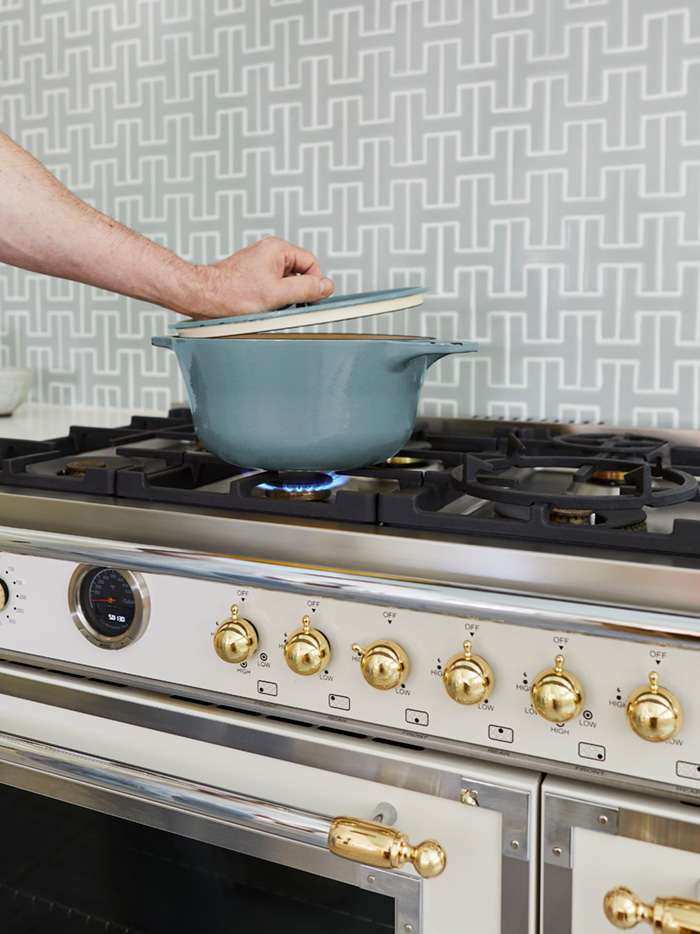
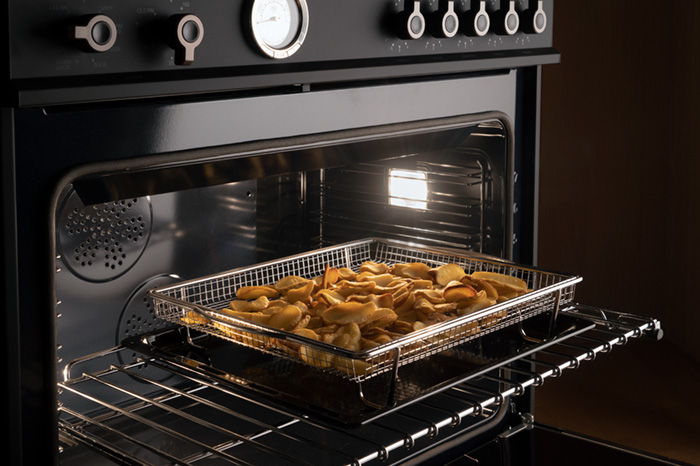
Oven Features That Actually Matter
Convection Cooking – Delivers faster, more even results across multiple racks.
Oven Capacity – Make sure your favorite pans and trays fit comfortably inside.
Double Oven Setup – Great for juggling dishes at different temperatures. If you usually cook one meal at a time, a single oven will do the job beautifully.
Cooktop Features Worth Your Attention
High-Power Burners – Essential for stir-fries, searing, and rapid boiling.
Burner Variety – A mix of burner sizes ensures perfect heat control for everything from delicate sauces to large stockpots.
2. Measure for a Perfect Fit
You’ve found your dream range — now make sure it’s a perfect match for your space. Measuring carefully ensures your new appliance fits seamlessly and functions effortlessly.
Standard Dimensions
- Width: 30 inches (most common)
- Depth: 27-29 inches
- Height: 36 inches
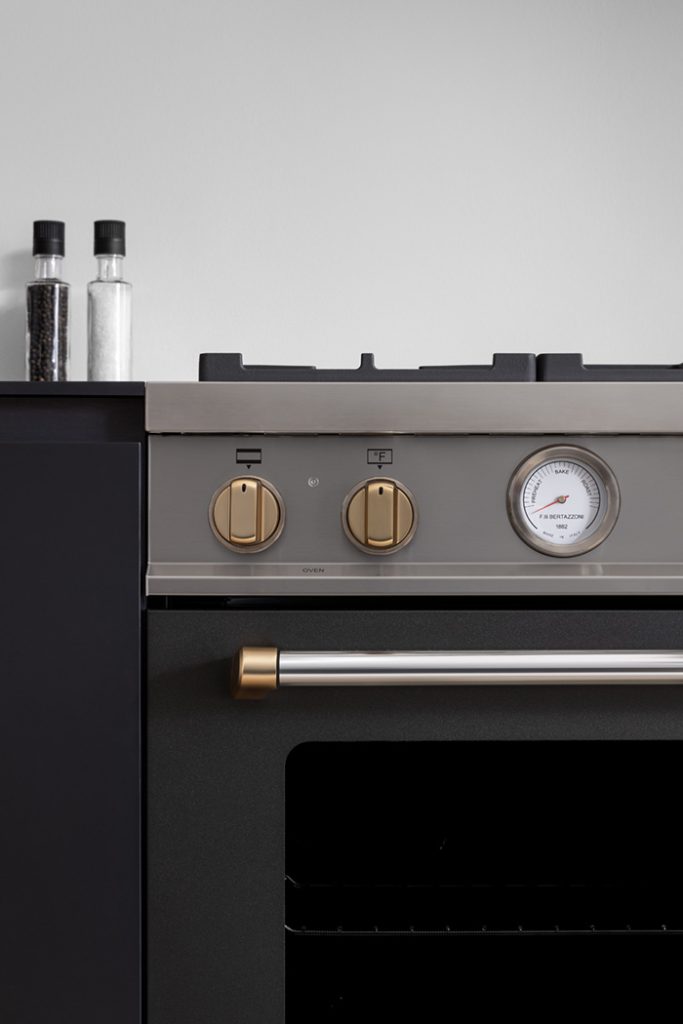
Other Formats
Compact (24-inch) – Great for smaller kitchens or minimalist setups.
Commercial-Style (36–48 inches) – Perfect for spacious kitchens and multi-dish cooking.
💡 Pro tip: Don’t forget to account for door clearance and hookups. A little planning now means stress-free installation later.
3. Pair It with the Right Ventilation
A powerful range deserves an equally capable partner: a proper hood. Take time to explore ventilation options that fit your cooking style and space. Matching your range and hood ensures a fresher, cleaner kitchen and a more enjoyable cooking experience every time.
(Need help choosing? Check out our guide: How to Choose the Best Ventilation Hood.)
4. Choose Features That Truly Work for You
Today’s ranges come loaded with options — but the best investment is one that suits your everyday needs. Focus on features that enhance your cooking, simplify your routine, and bring joy to the process.
Features Worth Investing In
Convection Cooking – Perfect for frequent bakers or big family meals.
High-Performance Burners – For powerful, flexible heat control.
Safety Features – Hot surface indicators and child locks keep your kitchen safe for everyone.
Nice-to-Have Features
Self-Cleaning – Ideal if you love a spotless oven without the scrubbing.
Specialty Modes (Air Fry, Pizza) – Fun, space-saving upgrades for weeknight treats and pizza nights.
5. Make Sure Your Kitchen Is Ready
Set yourself up for success by checking your kitchen’s setup before the big day.
Electric and induction ranges – Often require higher amperage than standard outlets.
Gas ranges – Need a dedicated gas line.
A quick review of the installation guide — or a chat with a professional — ensures everything’s ready for your new favorite appliance.
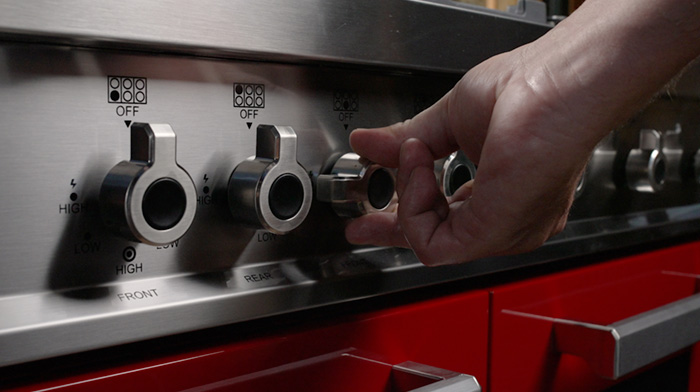
✅ In summary: Keep these five essentials in mind and you’ll find a range that feels like it was made for you. The right choice doesn’t just make cooking easier — it turns every meal into a moment to savor.

